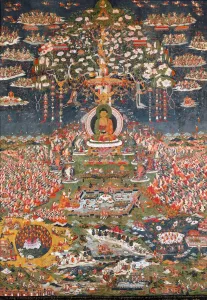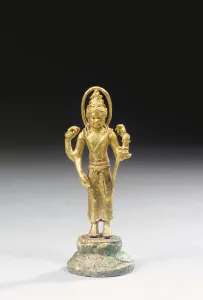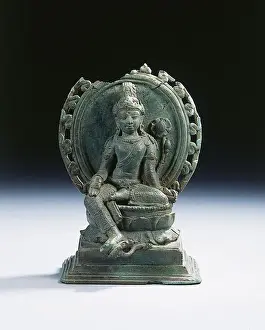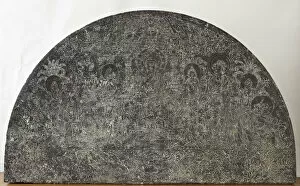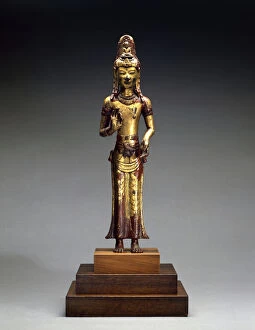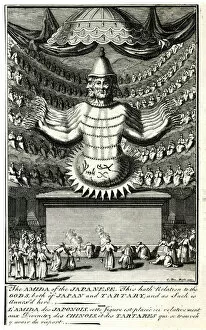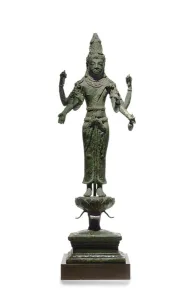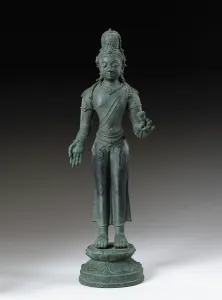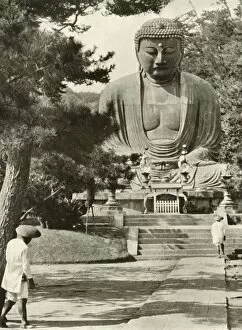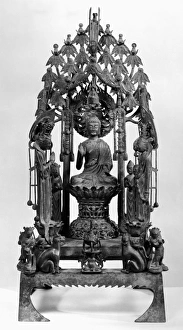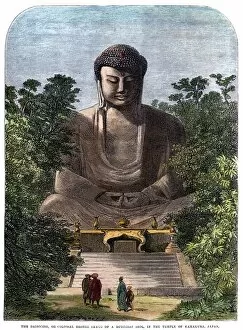Amitabha Collection
"Amitabha: The Enlightened Buddha of Pure Land" In the realm of Buddhist art, Amitabha stands as a revered figure, embodying enlightenment and serenity
All Professionally Made to Order for Quick Shipping
"Amitabha: The Enlightened Buddha of Pure Land" In the realm of Buddhist art, Amitabha stands as a revered figure, embodying enlightenment and serenity. This captivating image from the 18th century showcases Amitabha, also known as the Buddha of the Western Pure Land (Sukhavati). Crafted by an unknown artist, this masterpiece captures the essence of divinity. Moving forward in time to the early 19th century, we encounter Vajrasattva. An exquisite creation originating from Tibetan culture, this artwork portrays purity and spiritual transformation. Its intricate details reflect devotion and reverence towards Vajrasattva's teachings. Journeying further eastward to Japan during its Edo Period (1603-1868), we witness another manifestation in Japanese Art. Here, Amida Buddha takes center stage within Jogyesa Temple's Main Hall in Seoul, South Korea. This awe-inspiring sculpture emanates tranquility and grace while symbolizing ultimate liberation. Delving deeper into artistic expressions depicting Amitabha's presence is an enchanting gouache on cloth painting showcasing him seated gracefully on a lotus flower. This ethereal piece evokes a sense of peace and harmony that resonates with viewers' souls. The Panchabuddha Mandala offers yet another glimpse into Buddhism's rich symbolism through five forms of Buddha representing distinct wisdom aspects. Painted meticulously on cloth using vibrant colors, this mandala invites contemplation and introspection. Shifting our focus to Avalokiteshvara—a gold figurine exuding divine radiance—we witness compassion personified. As one gazes upon this sacred representation dating back centuries ago, it becomes evident why Avalokiteshvara holds such significance in Buddhist traditions worldwide. Traveling back even further in time to the early 9th century brings us face-to-face with Padmapani—an extraordinary bronze figure.

